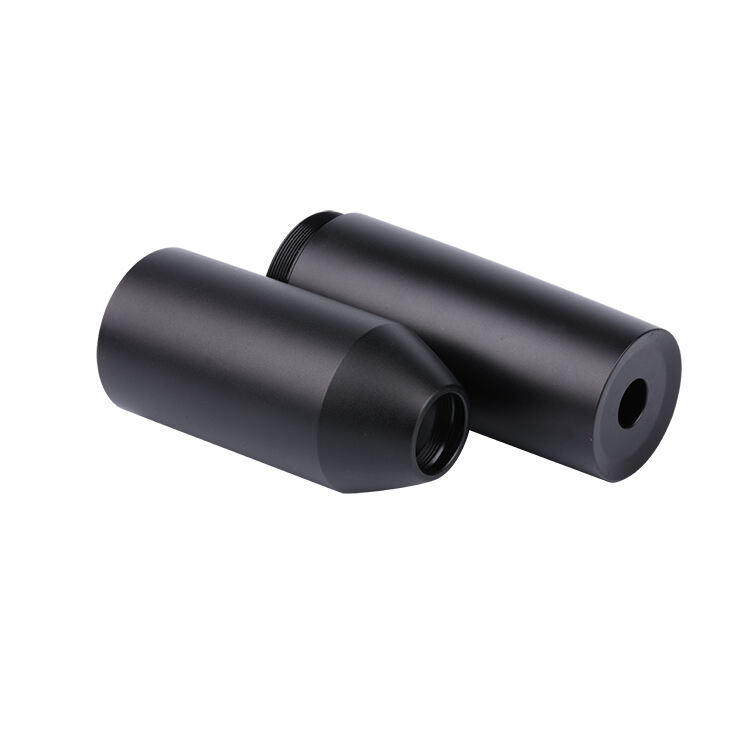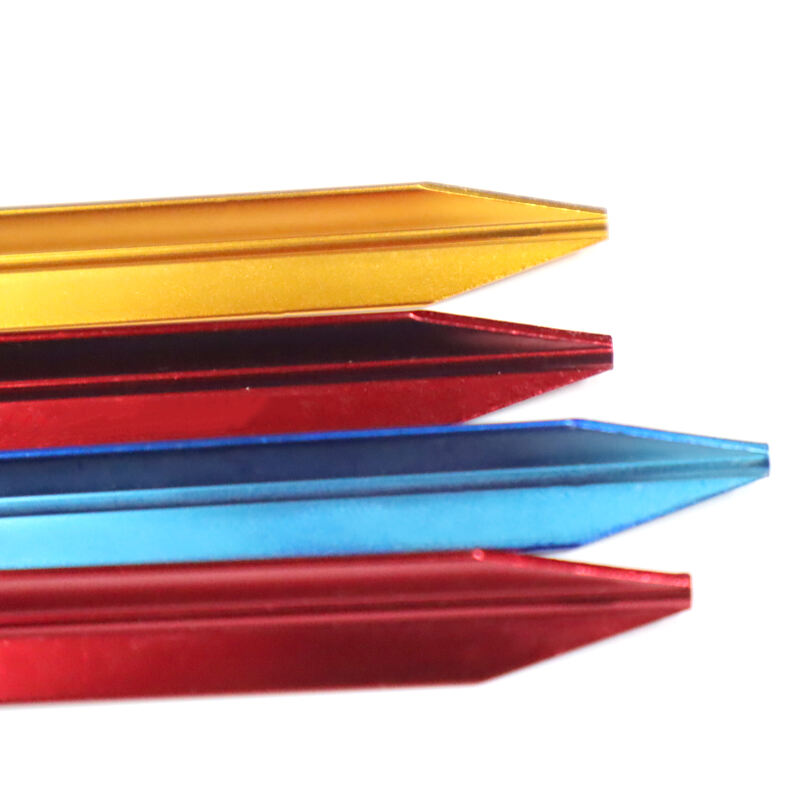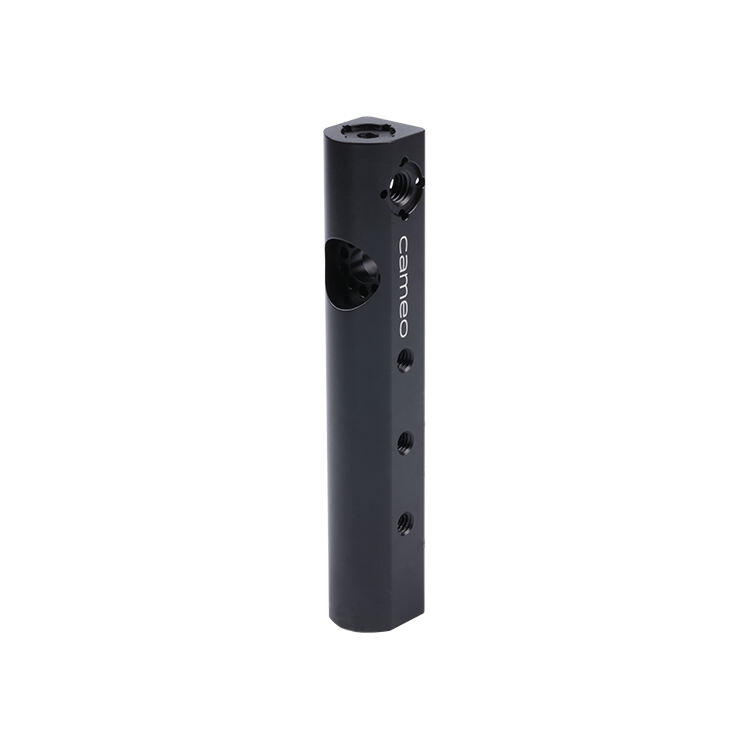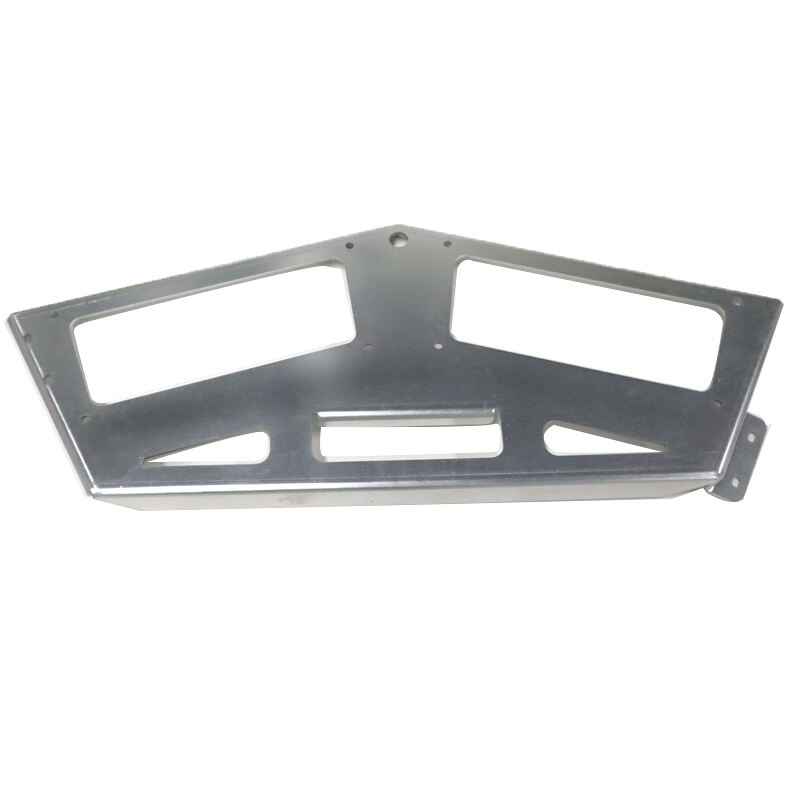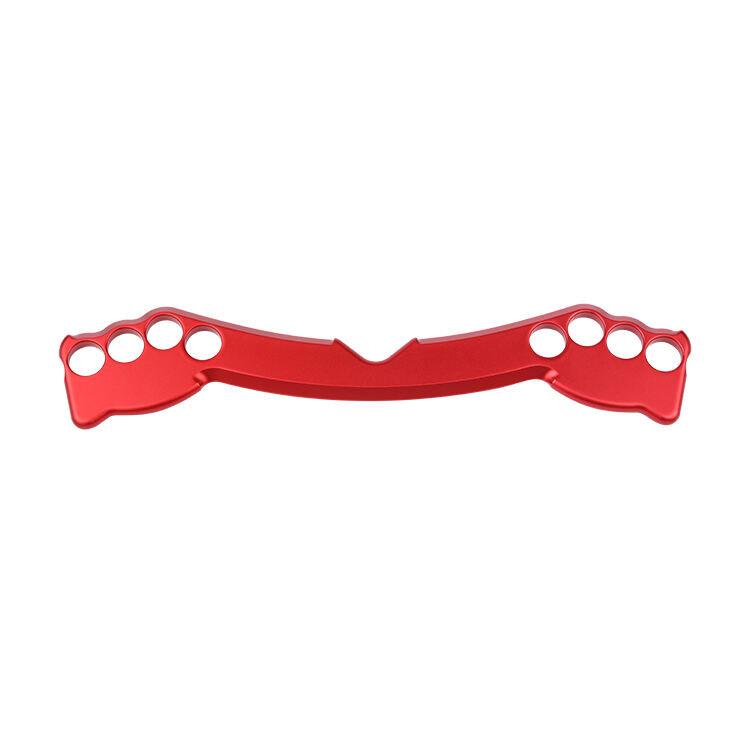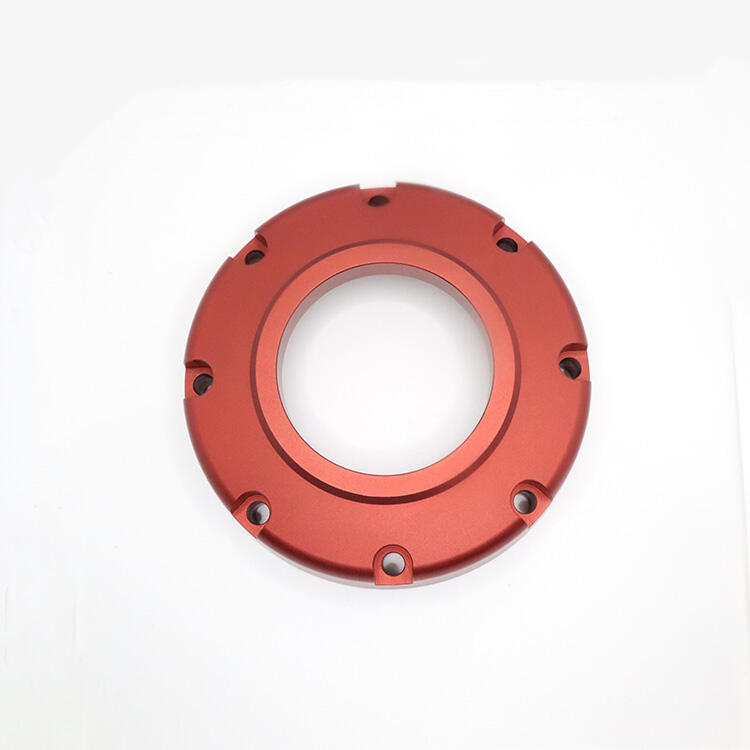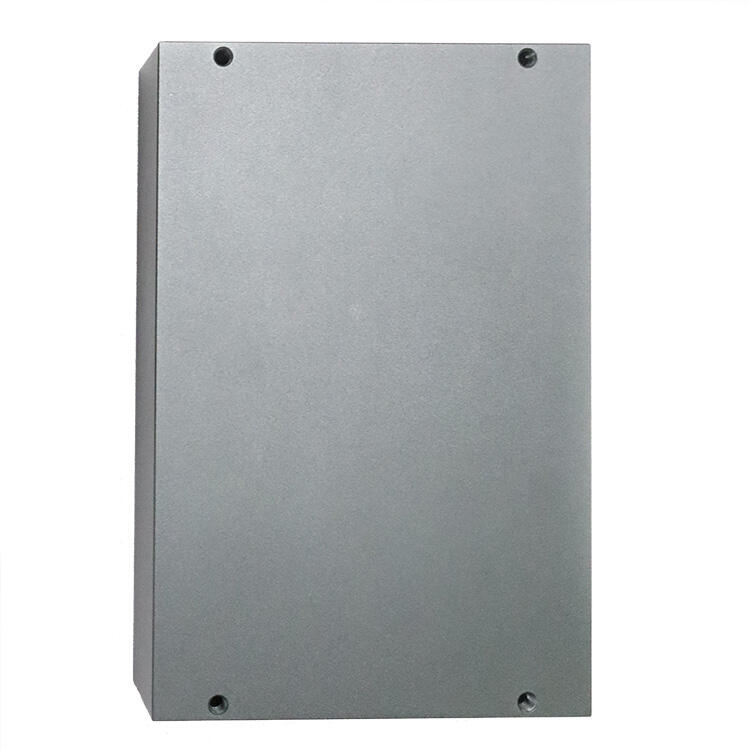The Revolutionized Manufacturing and Design by The 3D Printing
On the Rise of 3D Printing
In 3D printing, three-dimensional objects are produced in layers from digital models. This is a disruptive technology that offers unmatched flexibility and customization in manufacturing.
Technology and Processes
Using computer-aided design (CAD) software, 3D printers build up objects using a range of materials including plastics, metals and ceramics. FDM (Fused Deposition Modeling), SLA (Stereolithography) and SLS (Selective Laser Sintering) are some of the different techniques used for various applications and materials.
Applications Across Industries
From aerospace to healthcare, additive manufacturing revolutionizes production through rapid prototyping, custom manufacturing, and intricate geometries. Applications can be found in fields such as medical implants, automotive parts or architectural models to fashion accessories among others.
Advantages of 3D Printing
Speed: Enhances faster design iterations thereby shortening time to market.
Cost-Effectiveness: Reduces waste and tooling costs associated with small batch productions.
Innovation: Helps achieve more complicated designs as well as customization.
Sustainability: It encourages eco-friendly practices through efficient use of materials.
Future Directions and Innovations
Future trends in 3DP include bioprinting for medical applications; integration with AI for design optimization; adoption of new materials like graphene or bio-based polymers among others.
Shaping the Future of Manufacturing
To sum up, this paper shows how additive manufacture continues to change conventional rules governing manufacturing processes by providing unprecedented freedom to alter product characteristics as well as reduce resource consumption during production stages. Its uses will expand as technology develops paving way for innovations across sectors even while redefining how goods are designed or made.
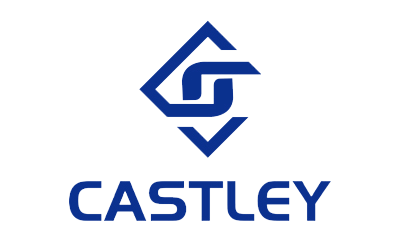
 EN
EN
 AR
AR
 BG
BG
 HR
HR
 CS
CS
 DA
DA
 NL
NL
 FI
FI
 FR
FR
 DE
DE
 HI
HI
 IT
IT
 JA
JA
 KO
KO
 PL
PL
 PT
PT
 RU
RU
 ES
ES
 SV
SV
 TL
TL
 IW
IW
 ID
ID
 LT
LT
 UK
UK
 VI
VI
 HU
HU
 MT
MT
 TH
TH
 TR
TR
 MS
MS
 BN
BN
 LO
LO
 LA
LA
 MN
MN
 SO
SO
 MY
MY
 KK
KK
